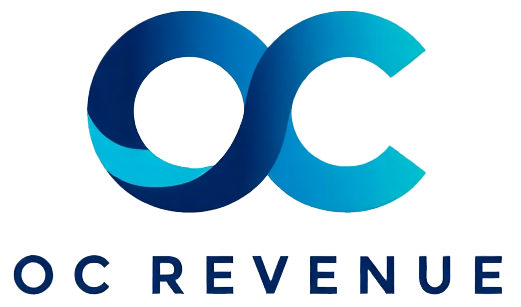Unifying data, processes, and accountability to accelerate speed, clarity, and customer impact
Core Operations is the central nervous system of modern revenue organizations. It brings structure, discipline, and visibility to all critical sales functions — from pipeline health and territory design to deal management and enablement. By orchestrating a seamless layer of processes, technologies, and performance metrics, Core Operations empowers sales teams to work smarter, not just harder.
One of its most valuable contributions lies in aligning cross-functional workflows. It bridges sales, marketing, finance, and product through shared data models, unified definitions, and synchronized systems. Whether enabling more accurate revenue forecasting or building scalable enablement programs, Core Operations plays a direct role in accelerating outcomes across the customer lifecycle.
At a tactical level, it optimizes lead management, sales automation, compensation structures, and predictive insights — ensuring every rep has the right tools and context to close deals faster. It also enforces governance across enterprise tools, pricing policies, and strategic planning processes, helping leaders reduce revenue leakage and inefficiency.
In today’s rapidly evolving markets, Core Operations is not just about keeping the trains running. It’s about enabling transformation, unlocking insights, and creating an agile foundation for growth. By investing in strong Core Operations, organizations future-proof their revenue teams with the adaptability, clarity, and control needed to outperform in any environment.








